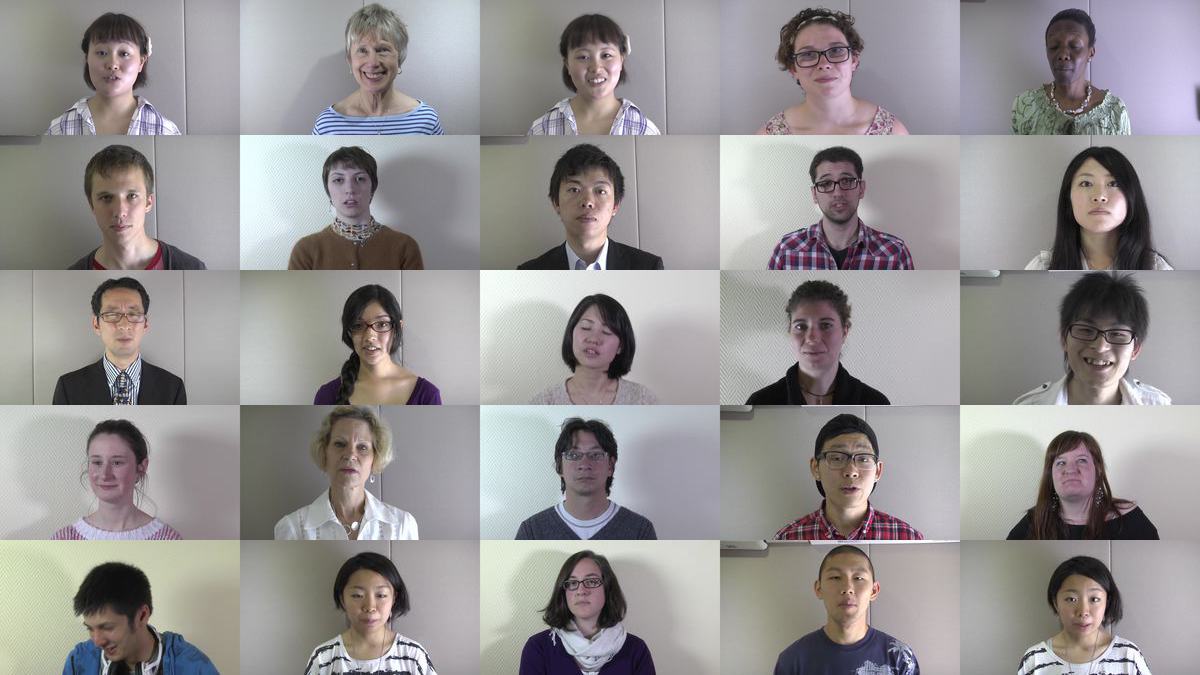International workshop on audio-visual affective prosody in social interaction & second language learning
(AVAP 2015)
Bordeaux, 5 and 6 March 2015

Sylvain Detey
From a variationist phonological corpus of native speech to a controlled corpus of AV affective prosody in L2 French education:
challenges and perspectives
SILS & GSICCS, Waseda University (Japan)
For several decades now, modern linguistic corpora have gradually been put at use in the field of second language education: from their lexicographic function in the development of electronic dictionaries to a full data-driven learning approach (Boulton & Tyne 2014) with the help of the now classic concordance lines, useful for the teaching and learning of the lexical, grammatical and discursive dimensions of foreign languages, especially through the written medium and primarily for written discourses and interactions. For obvious technical and methodological reasons, oral corpora did not evolve as fast as their written counterparts, but the situation has been improving (Boulton 2009). In France, despite the pioneering work carried out by Gougenheim, Michéa, Rivenc and Sauvageot in the 1950’s leading to the Français Fondamental and its use in the SGAV methods (VIF, DVV...) for teaching French as a Foreign Language (FLE), not much had been done in terms of oral corpora (and still less in terms of pedagogical exploitation, apart from the ESLO corpus in the 1970’s by a team of British researchers, see http://eslo.huma-num.fr/) until the 2000’s, when the DGLFLF and the ILF encouraged different researchers to join their efforts which resulted in the creation of the website ‘corpus de la parole’ (http://corpusdelaparole.huma-num.fr/). Since then, several attempts have been made to use these new digital resources for French language education, not only audio recordings (http://www.projet-pfc.net/le-projet-pfc-ef), but also audiovisual files with accompanying documents in academic contexts (https://apps.atilf.fr/fleuron2/) or in more general situations with a focus on the interactional dimension (http://clapi-fpie.ish-lyon.cnrs.fr/). When it comes to prosody however, the relation with corpora is rather thin: in the field of FLE education, the focus has been on set on the teaching of expressive prosody with ad hoc material in the 1980’s (see references in Guimbretière (1994 and 2000))1 , while in the 2000’s, on the other hand, researchers have developed several tools for Computer-Assisted prosodic training, partly relying on visual cues to help learners acquire the prosodic features of the target language, but generally in a rather feature-focused approach: see e.g. the online bibliography by Joaquim Llisterri2 and Chun (1998) for a review; in France, the programme Winpitch by P. Martin is the most famous one (Germain & Martin 2000). In this context, what can a corpus of AV affective prosody such as the one created by Shochi, Rilliard, Rouas and colleagues bring to the field of FLE and how can it be used? On the basis of our experience within the PFC-EF project (Detey, Durand, Laks & Lyche 2010), we will try to examine the challenges and the perspectives associated with the pedagogical exploitation of the Shochi et al. corpus.
1See also the textbook Communiquer en français: actes de parole et pratiques de conversation (Cicurel, Pedoya & Porquier, 1987), a list of expressive utterances and corresponding speech acts.
2http://liceu.uab.es/~joaquim/applied_linguistics/L2_phonetics/CALL_Pron_Bib.html
